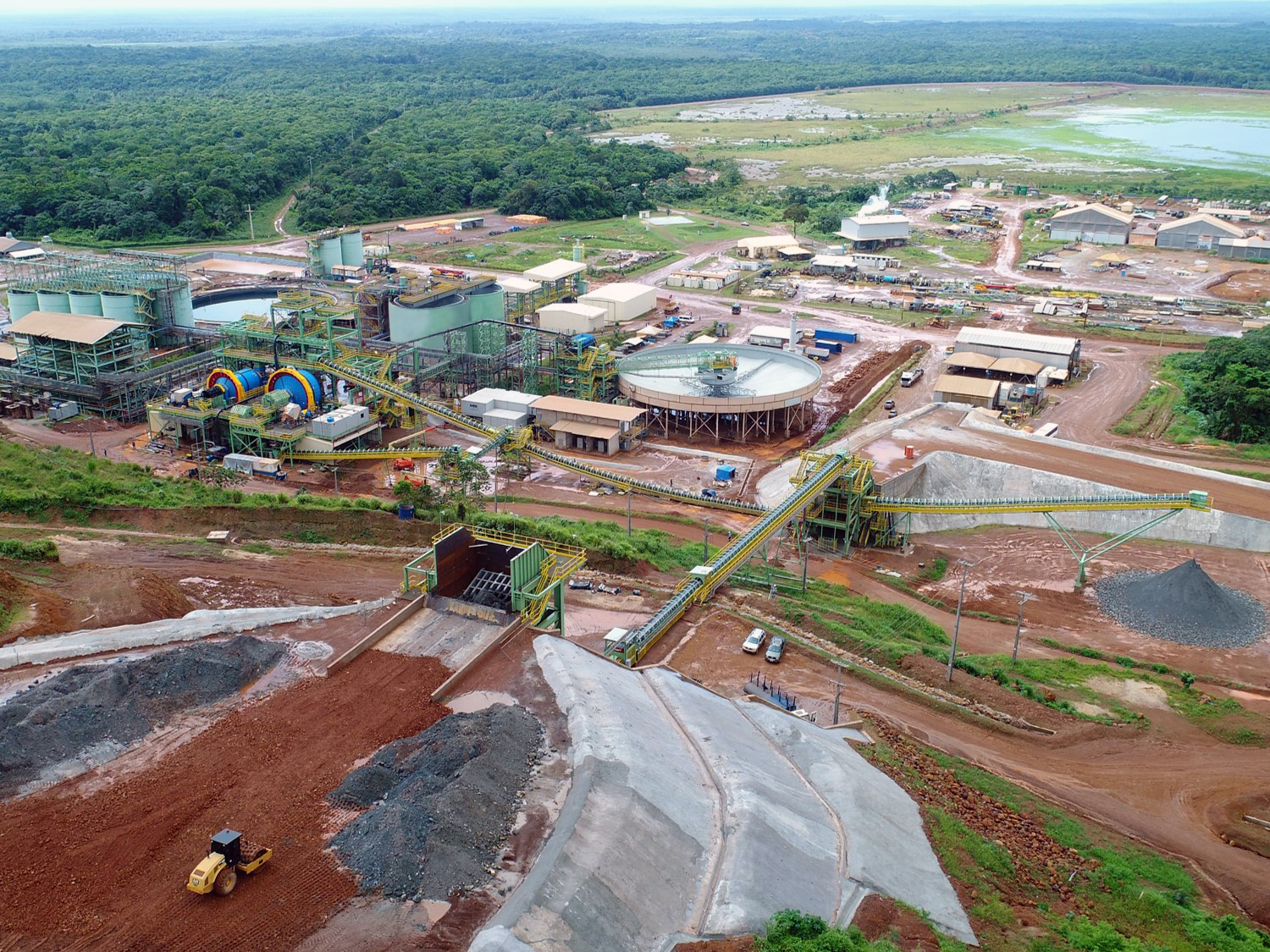Municipalities share the risk of tailings dam failure with mines
The GISTM requires a shared state of readiness among stakeholders, based on a site-specific tailings facility Emergency Preparedness and Response Plan
In the event of a mine tailings dam failure, the latest global standards reiterate that municipalities must play an important role in the emergency response and recovery.
Indeed, local government in South Africa has a legal responsibility for any disaster in its jurisdiction, imposed by the country’s Disaster Management Act and the Disaster Management Framework. The latest Global Industry Standard for Tailings Management (GISTM) raises the bar further, according to Andries Fourie, senior technologist in disaster and risk management at SRK Consulting.
“Principles 13 and 14 of the GISTM relate specifically to emergency preparedness, response planning and long-term recovery after the failure of a tailings dam – or tailings storage facility (TSF),” said Fourie. “The GISTM highlights that government agencies including municipalities need to be part of a close collaboration with mines if the response to tailings dam incidents is to be effective.”
He explained that the GISTM requires a ‘shared state of readiness’ among stakeholders, based on a site-specific TSF Emergency Preparedness and Response Plan (EPRP). This plan demands a supportive relationship between the mine and the local and district municipality – without which such a state of readiness would be difficult to achieve.
“The GISTM in fact paves the way for more positive cooperation between mines and government at all levels,” said Fourie. “On a practical level, mines could play a greater role as part of the disaster management advisory forums which are convened at district, provincial and national levels of government.”
Municipalities in mining areas could benefit considerably by staying abreast of the GISTM’s new requirements that mines were subscribing to, as these would undoubtedly contribute to community safety. However, many municipalities were not yet fully aware of the GISTM and its implications, he pointed out.
“More active collaboration between mines and municipalities would certainly be within the spirit of the GISTM,” he said, “and would clearly support the municipalities’ mandate to keep communities safe.”
Such a relationship begins with aligning the mine’s EPRP and the local municipality’s legally required Disaster Management Plan, says Herman Booysen, principal scientist at SRK Consulting. Legislation, such as the Disaster Management Act 57 of 2002 as amended, requires local government to analyse and understand the risks and hazards within its area of jurisdiction, and to have a disaster management plan in place.
“The risk associated with tailings dams clearly creates an important overlap between the respective disaster management responsibilities of the municipality, and the mine” said Booysen. “Unfortunately, many of the disaster management plans for municipalities are prepared by outside consultants, who often do not fully appreciate TSF-related risks.”
The mining industry’s embracing of the GISTM should provide an opportunity for municipalities and their consultants to look more closely at TSF-related risks and responses, he added.
Currently, however, Fourie warned that many municipalities now have only limited delivery capacity; this means that mines will need to take more responsibility for TSF-related disaster management – even long-term recovery.
“While government would normally lead emergency responses of a humanitarian nature, not all municipalities located close to TSFs are adequately resourced to provide these services in the event of a disaster,” he said.
Share this content:














